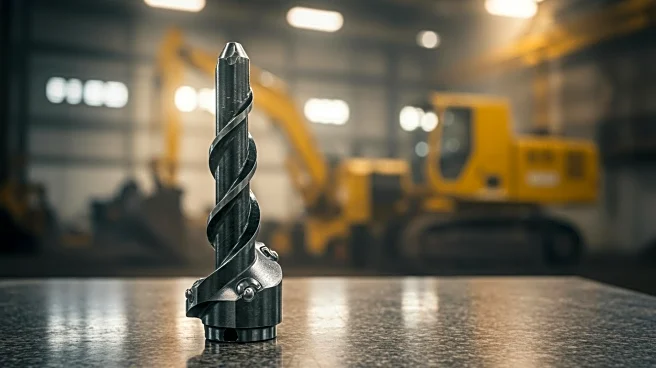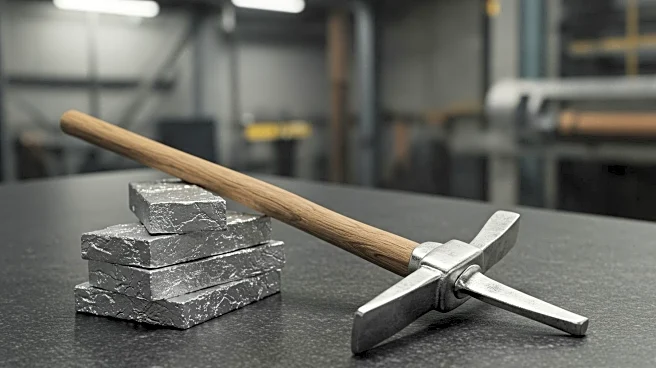Rapid Read • 8 min read
A recent study has evaluated the bioleaching performance of three different microbes—Gluconobacter oxydans, Sphingomonas desiccabilis, and Penicillium simplicissimum—on ultramafic rock dunite. The research aimed to assess the relative effectiveness of these microbes in extracting metals such as magnesium and nickel under controlled conditions. The study found that G. oxydans produced the most acidic leachate, leading to the highest metal extraction rates. The bioleaching process involved using glucose as a feedstock, and the performance was measured at varying pulp densities. The findings suggest that G. oxydans is the most effective microbe for bioleaching, followed by P. simplicissimum and S. desiccabilis.
AD
The study's findings have significant implications for the field of biomining, particularly in the extraction of valuable metals from ultramafic rocks. The ability to efficiently bioleach metals like magnesium and nickel could enhance carbon sequestration efforts and provide a sustainable method for mining critical metals. This research could lead to advancements in industrial bioleaching processes, potentially reducing the environmental impact of traditional mining methods. The identification of G. oxydans as a top performer suggests it could be a key organism for future biomining applications.
Further research is needed to explore the inhibiting factors affecting P. simplicissimum's bioleaching performance at higher pulp densities. Additionally, the study suggests that cellulosic hydrolysate could be a viable alternative to glucose as a feedstock, which may lower costs and improve sustainability. Investigations into the potential iron oxidation by G. oxydans could also provide insights into optimizing bioleaching processes. These developments could pave the way for large-scale applications of bioleaching in mining industries.
The study highlights the potential for bioleaching to transform the mining industry by offering a more environmentally friendly alternative to traditional methods. The use of microbes to extract metals could reduce the need for harsh chemicals and lower the carbon footprint of mining operations. Additionally, the research underscores the importance of understanding microbial interactions with minerals, which could lead to innovative solutions for resource extraction.
AD
More Stories You Might Enjoy










